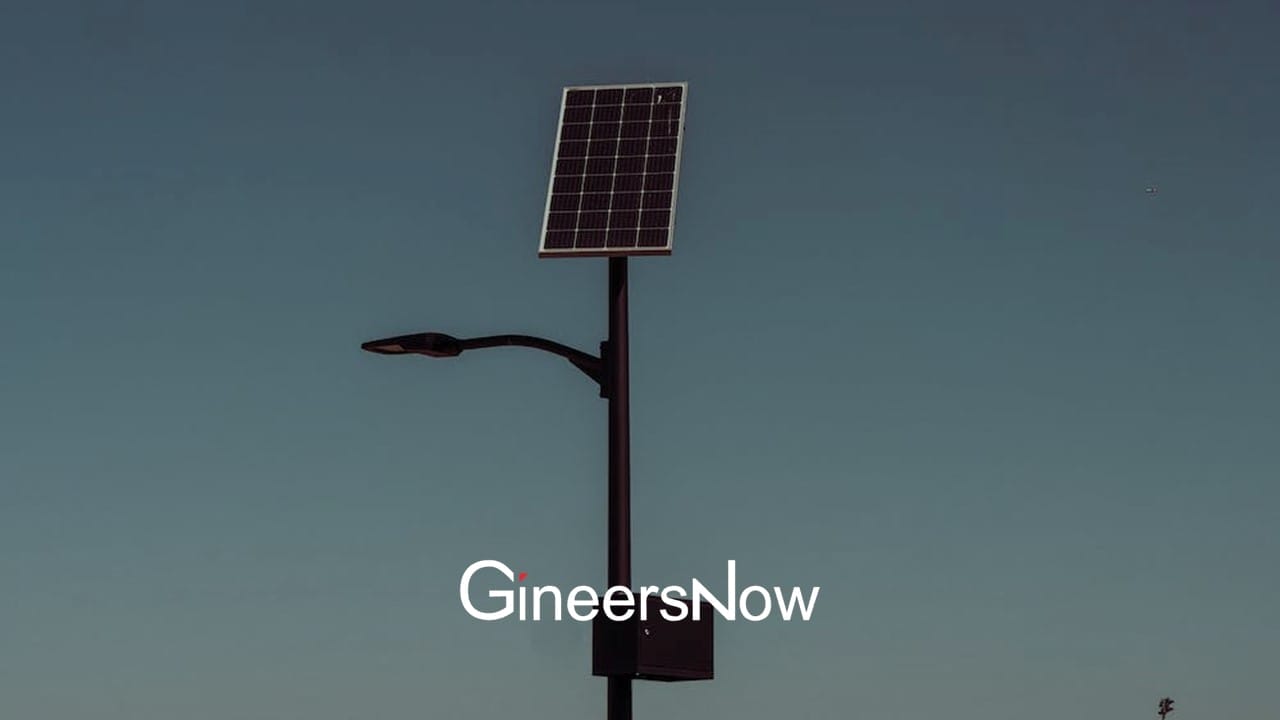In April 26, 1986, one of the most catastrophic nuclear accidents in history happened at the Chernobyl Nuclear Power Plant in a town in northern Ukraine. Known as the Chernobyl accident, it was caused by a flawed reactor design plus inadequately trained personnel. According to experts, it affected a total of 4,000 people who could eventually die of radiation exposure.
Thirty years later, the Ukrainian government decided to make use of the Chernobyl nuclear wasteland by making it into a solar power plant, set to be one of the world’s largest.
Now, the project is about to be completed.

Photo by AFP
“This solar power plant can cover the needs of a medium-sized village,” said Yevgen Varyagin, leader of the Solar Chernobyl running the project. It is expected to produce a total of one megawatt of energy for the local grid.
Nearly 4,000 solar panels are being installed covering an area of 16,000 square meters, about the size of two football fields. Collectively, they are able to generate power for roughly 2,000 homes. But production could ramp up to almost 100 times current output depending on the success of the facility.
“Bit by bit we want to optimise the Chernobyl zone,” Varyagin told Bloomberg in 2017. “It shouldn’t be a black hole in the middle of Ukraine.”

Photo by AFP
The Chernobyl site is not entirely free from radiation. A sealed metal dome called Object Shelter, or “sarchophagus”, was placed in late 2016 to prevent further radiation leakage from the remains of the Chernobyl Nuclear Power Plant.
For the same reason, the solar panels are fixed to concrete slabs because the soil in the area remains heavily contaminated. With the Ukrainian authorities saying that it would take more than 24,000 years before people could safely return to live there, no drilling and digging activities are allowed.

Photo by AFP
“This territory obviously cannot be used for agriculture, but it is quite suitable for innovative and scientific projects,” said Ostap Semerak, Ukrainian Minister of the Environment, in 2016.
Costing approximately €1 million ($1,220,200), the Solar Chernobyl is expected to earn back within the next seven years.
This project is only one of the solar developments initiated by the government. An allotted 25 square kilometers are made available for more solar power plants, about 60 proposals still being considered.
Sources: RT | Science Alert











